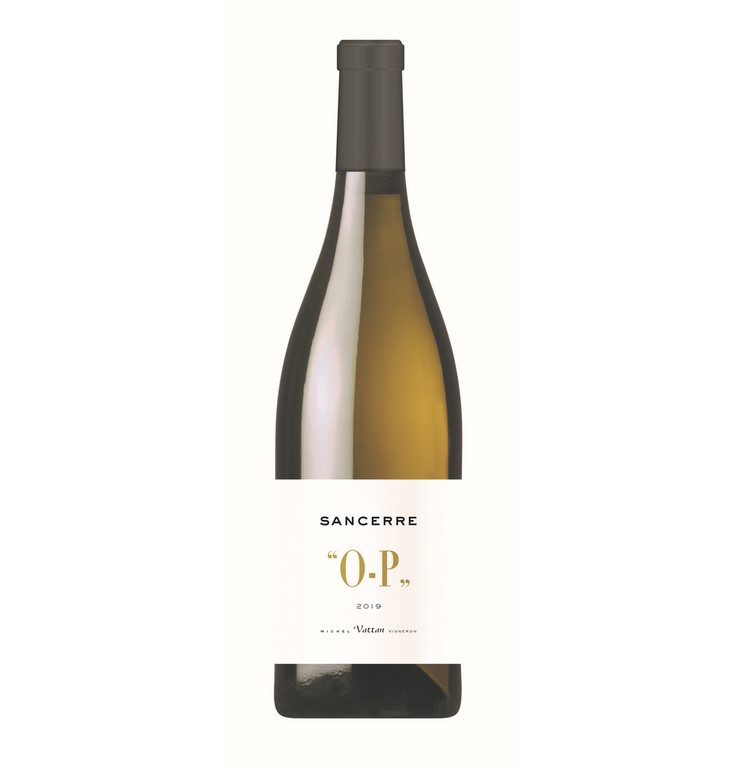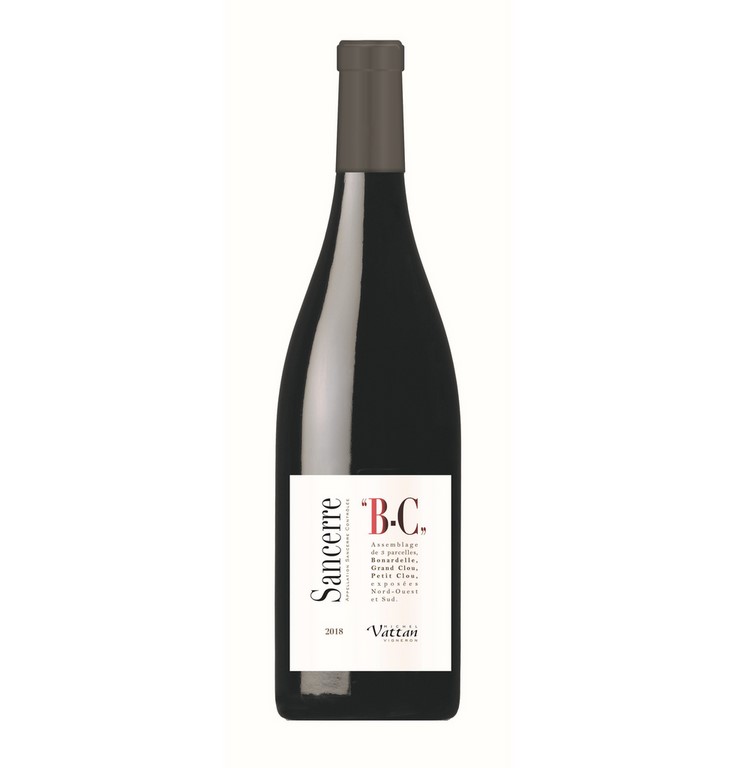Domaine Michel Vattan
This family business started in 1930 with 2 hectares of vines, mixed crops and livestock but progressively grew to 9 hectares of vineyards during the expansion of the Sancerre region’s vineyards that began in the 1970’s and continues today. The estate consists of 7.8 hectares of Sauvignon Blanc and 1.3 hectares of Pinot Noir divided between 2 principal types of terroir: Caillottes and Terres Blanches, which benefit from both southern and north-western exposure and are typical of Maimbray’s hillsides. Michel Vattan domain’s wine gets international recognition through specialized press.
Soils and Farming practice
Michel Vattan and Pascal Joulin became partners in May 2008 in preparation for Michel’s retirement. Pascal has worked at the estate since 2002, and the objective under this new management structure is for the estate to sell primarily bottled wine. Limiting yields, growing crop cover between the rows of vines in most of the estate’s vineyards, and not using insecticides for several years now are all factors that ensure the quality of the wines which respect both the typicity of their appellation and the environment.
- Words of the vigneron regarding the farming practice :
We no longer use insecticides because the fauna and flora present in our vineyards are naturally balanced and regulated. In some of our vineyards grapevine moths are managed naturally through the use of sexual confusion. Our approach to spraying is adapted according to the risk of disease and to precipitation levels which vary each year. We have found that reverting to the use of copper and sulfur-based products is sufficient, and the use of products to combat botrytis is less and less justified in our vineyards due to controlled yields."
The Terroirs
- Terres Blanches
hence its local name, les terres blanches (white earth). The wines produced from grapes grown in this type of terroir are soft and full of aromatic finesse. They require more time to acquire all of their character. As part of a blend, they often provide the backbone of the wine due to their complexity and power.
- Caillotes
This type of terroir consists of fragments of coarse Kimmeridgian limestone that give way in some areas to softer Oxfordian limestone that produces finer fragments known as griottes or very fine fragments called grous which are wind deposits. Oxfordian limestone from the Jurassic Period is found
in the form of a bed of white stones that are flat as they were shattered by frost. Rain washed the surface earth away, leaving the little stones or caillottes
that are so characteristic of Sancerre’s hills visible at the surface. Wines produced from grapes grown in this type of soil are nervous, fruity and pure.
They may be enjoyed immediately (between 6 months and 1 year). They lend aromatic structure and freshness when part of a blend.
About Sancerre
East of Bourges, the Sancerre appellation is located along the left bank of the Loire River, stretching across 3,000 hectares (7,413 acres). This appellation extends over the villages of Bannay, Bué, Crézancy, Menetou-Ratel, Ménétréol, Montigny, St-Satur, Ste-Gemme, Sancerre, Sury-en-vaux, Thauvenay, Veaugues, Verdigy and Vinon.
Three types of soils are characteristic of the Sancerre region:
· Clay and limestone white soils, (terres blanches) situated on the hills of the most western part of Sancerrois
· Pebbly soils, known as caillottes
· Siliceous-clayey soils found in the hills east of the vineyard
More information in English, click on the following link https://www.vins-centre-loire.com/en/ to discover a website dedicated to Centre-Loire's wines.









